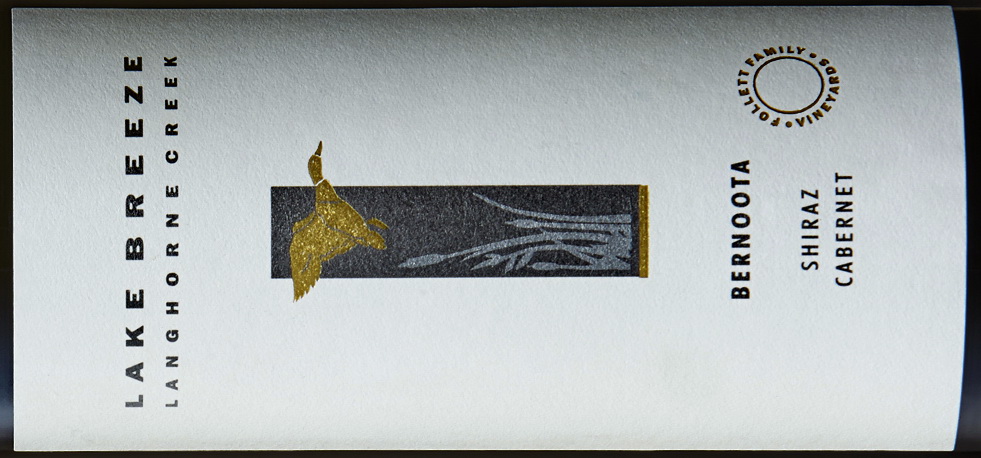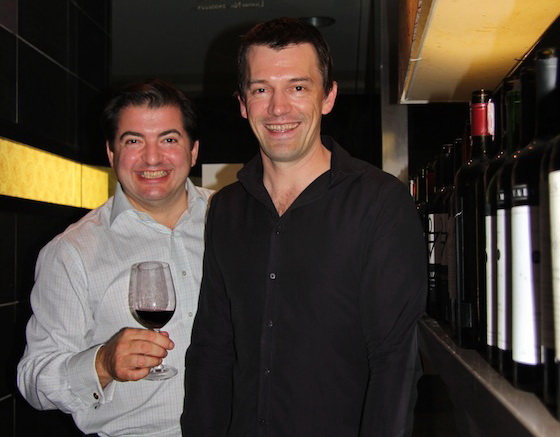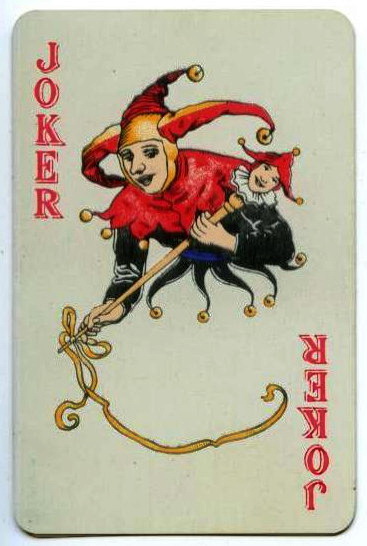This comp is the brain child of Tyson Stelzer and Matthew Jukes, an enthusiastic Australian / British alliance. ‘For the first time in 2013,’ says wine journalist Katrina Holden, ‘Tyson and Matthew have created somewhat of a ‘road trip’, taking the Great Australian Red to a tasting and dinner in London recently, and in late September, to Sydney. Next year, 2014, will see the roll-out of The Great Australian Red tastings in both Hong Kong and New York.’
Last month, we had the 2013 GREAT AUSTRALIAN SHIRAZ CHALLENGE, won by a $20 red. This competition celebrates the unfashionable but very Aussie red blend of Cabernet and Shiraz. Just why this blend has fallen so much out of favour has more to do with fashion than with the quality of the blend.
What happened to Cabernet Shiraz?
I wrote a post a few months ago under the heading I’m Bored with Shiraz, where I asked that question and wrote: ‘Half a century ago, Shiraz was Australia’s workhorse variety. Every winery made lots of it, and other red varieties like Grenache and Mataro were held in very low esteem. Many labels proudly proclaimed that the wine inside was made from 100% Shiraz (with none of that inferior stuff mixed in).’
This was before a new generation of winemakers discovered the joys of Rhone Style blends. Back then, Cabernet was the coming fashion grape. By the mid-sixties, there was almost enough of it to go around and great blends such as Penfolds’ Bin 389 and Metala Cabernet Shiraz were born.
Cabernet Shiraz blends stood unchallenged at the top of the heap for years to come. It was a unique combination in the world of wine, yet the two varieties were a good combo, much like the haughty aristocrat and his down-to-earth servant. One was aloof elegance and finesse, the other spicy, warm earthiness.’
The results of the 2013 Great Australian Red comp
· Trophy for best red under $20: Heartland Spice Trader Shiraz Cabernet 2012 (made by Ben Glaetzer, $14 at Winestar); plus trophy for Best Shiraz-Dominant Blend
· Trophy for Best Red under 50: Yalumba FDR1A Cabernet Shiraz 2010, $35 at MyCellars
· Trophy for Best Red over $50, and trophy for Best Cabernet-Dominant Blend: Wolf Blass Black Label Cabernet Sauvignon Shiraz 2009
 Not exactly proof of our claim that you don’t have to spend more than $20 on great Aussie reds, but Katrina Holden makes this point: ‘It’s not just all about the top-end wines that keep Tyson and Matthew motivated … the first bracket of wines over dinner included Aramis White Label Shiraz Cabernet Sauvignon 2006; Penfolds Koonunga Hill Seventy Six Shiraz Cabernet 2009; and Lake Breeze Bernoota Shiraz Cabernet 2009 – all of which can be found for under $20.
Not exactly proof of our claim that you don’t have to spend more than $20 on great Aussie reds, but Katrina Holden makes this point: ‘It’s not just all about the top-end wines that keep Tyson and Matthew motivated … the first bracket of wines over dinner included Aramis White Label Shiraz Cabernet Sauvignon 2006; Penfolds Koonunga Hill Seventy Six Shiraz Cabernet 2009; and Lake Breeze Bernoota Shiraz Cabernet 2009 – all of which can be found for under $20.
‘If you’re going into the bottle shop looking for an under $20 wine, you’re more likely to find a reliable wine that’s a blend of Cabernet and Shiraz because the two work together to lift each other in a way that you don’t get with straight cabernet or shiraz,’ Tyson told Katrina. ‘The one wine that scored the most comments from sommeliers and trade this afternoon at our tasting was the Lake Breeze Bernoota Shiraz Cabernet 2009 from Langhorne Creek – out of all our wines on show … It was by far, everyone said, the wine that was the most consistent.’
Reality Bites
Before you rush off to buy the Heartland Spice Trader or the Lake Breeze Bernoota, remember how inconsistent the results of these competitions tend to be. For example, the Lake Breeze Bernoota Shiraz Cabernet 2009 gets 93 points from Tyson Stelzer, 91 from the Winefront, 91 from the usually generous James Halliday, and 88 from Jeremy Oliver. So try a bottle before you buy a few cases.
Much the same applies to the Wolf Blass Black label that will set you back over $100 and hit you with 15% alcohol. ‘Pretty likely the kind of wine that some people just love, and others loathe,’ says Gary Walsh at the Winefront – the most reliable wine review site in Oz, to our minds.
‘Plump blackcurrant, plum cake and dark cherry, mint and mocha, toasted spiced oak, iodine and olives – plenty happening here. Full bodied, a flood of ripe fruit, toasty oak, masses of well massaged fine grained tannin and well bedded acidity. Has power and length and a little warmth from alcohol, but not much. Feels a little dessicated on the finish, though my main quibble is with the lack of refreshment it offers – so saline and toasty that it’s making me thirsty – and having another sip won’t help at all. Appreciate that some will find more beauty in this style.’ 91 Points.
So in this case, you don’t need to spend more than $20 on a 91 point red. If you want to spend more than $20 and don’t mind an elegant red, the Yalumba FDR 1A is probably your best bet here.
Surprises among the Silvers and Bronzes
The website lists all the results, so it’s interesting to check the wines that didn’t make an impression on the judges. Here are a few surprises
Glaetzer Wines Anaperenna 2012 – $50
Majella Wines Malleea by Majella 2009 – $75
Pepper Tree Strandlines Grand Reserve Cabernet Shiraz 2010 – $60
Tapanappa Whalebone Vineyard Cabernet Shiraz 2010 – $80
Penfolds Bin 389 Cabernet Shiraz 2010 – $60
Wynns Coonawarra Estate V&A Lane Cabernet Shiraz 2010 – $50
Wines by Geoff Hardy K1 Tzimmukin 2007 – $90
Kim

